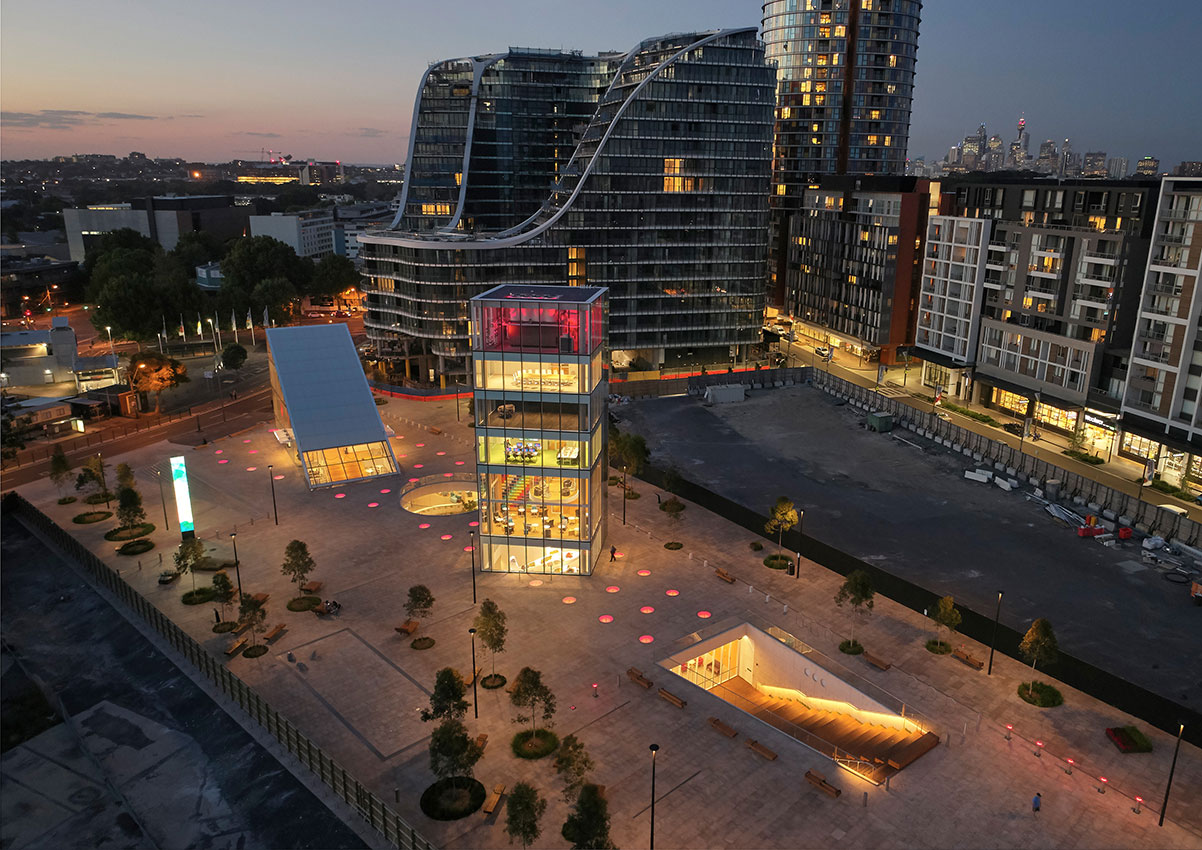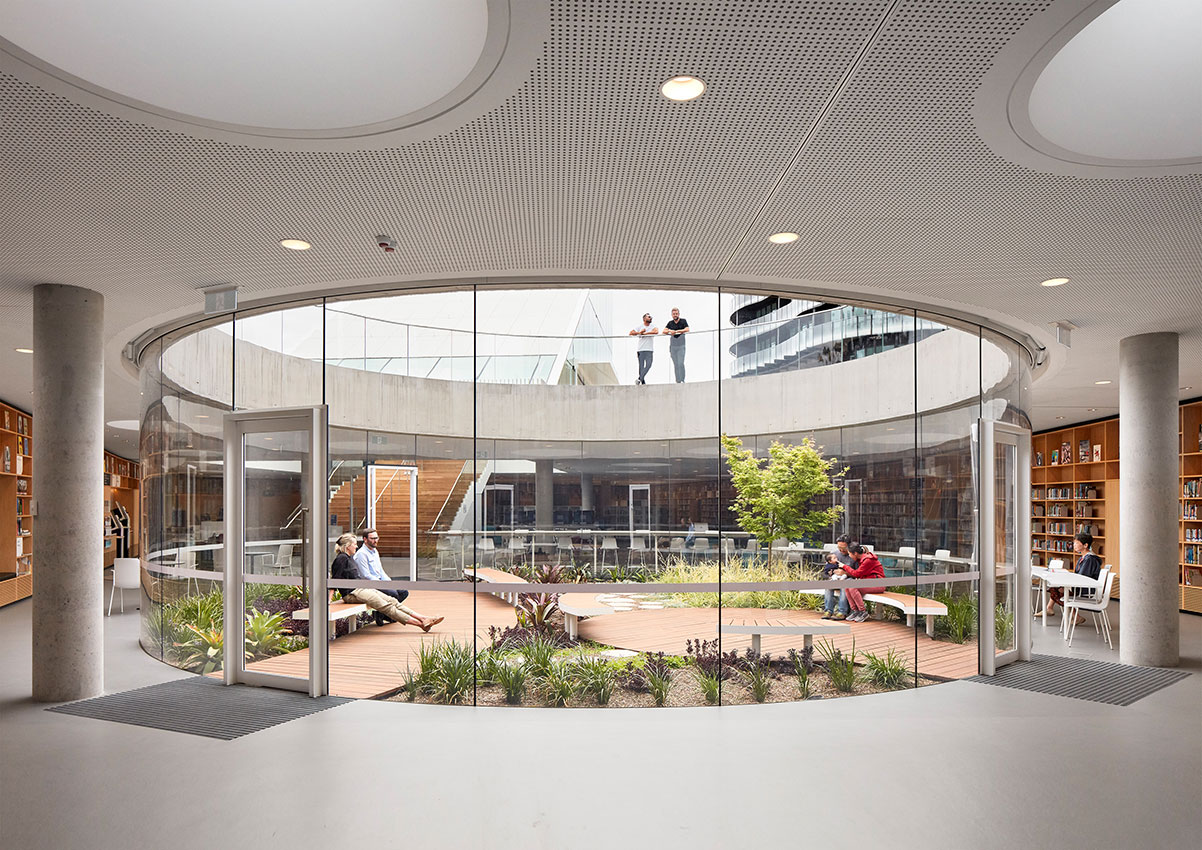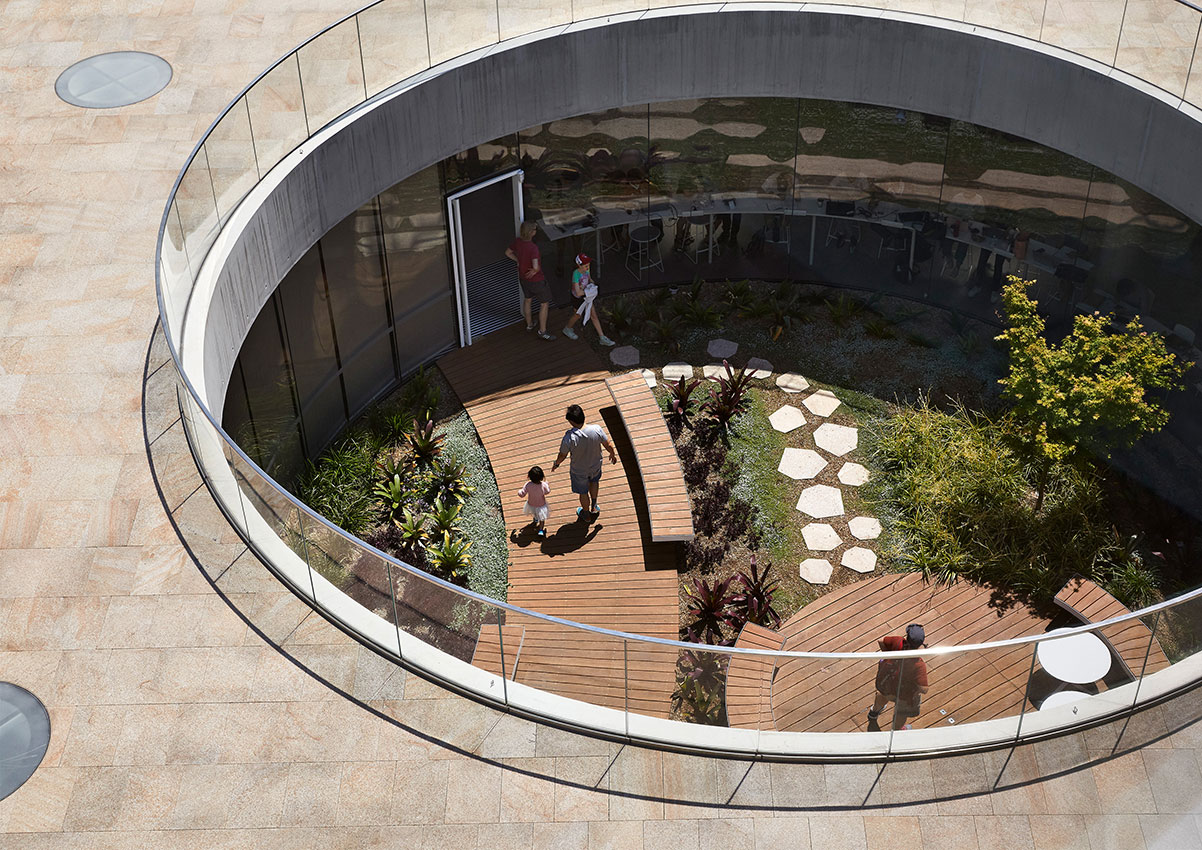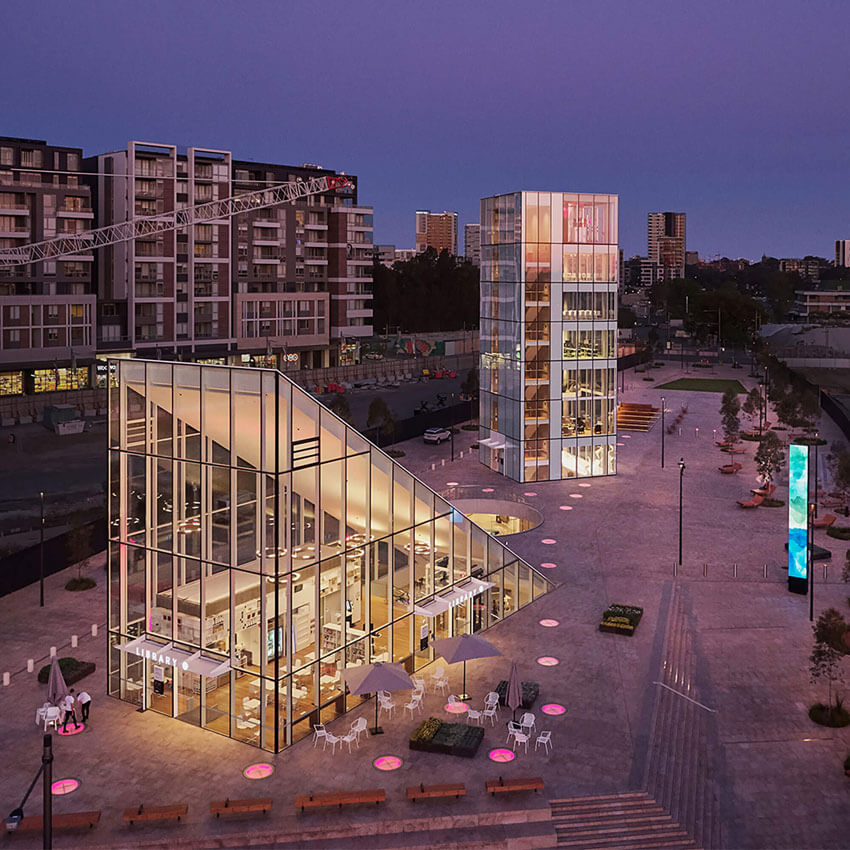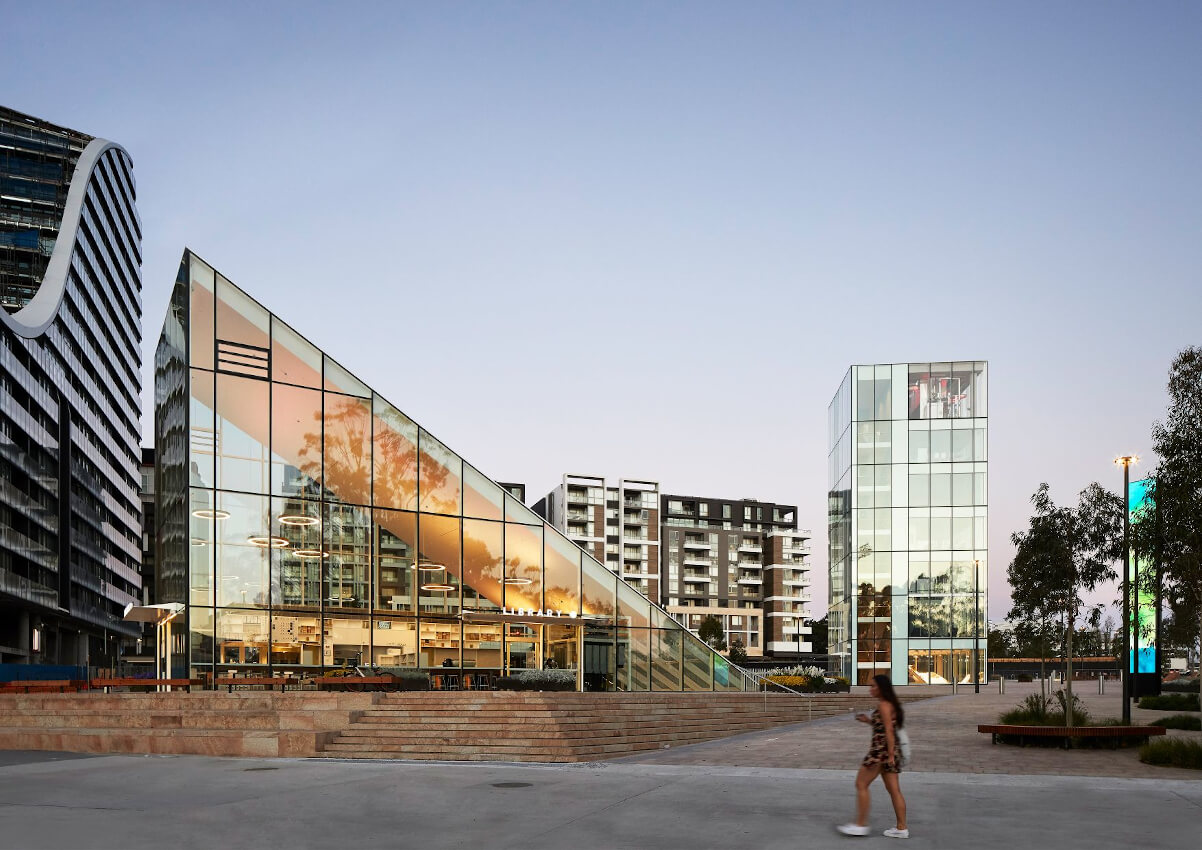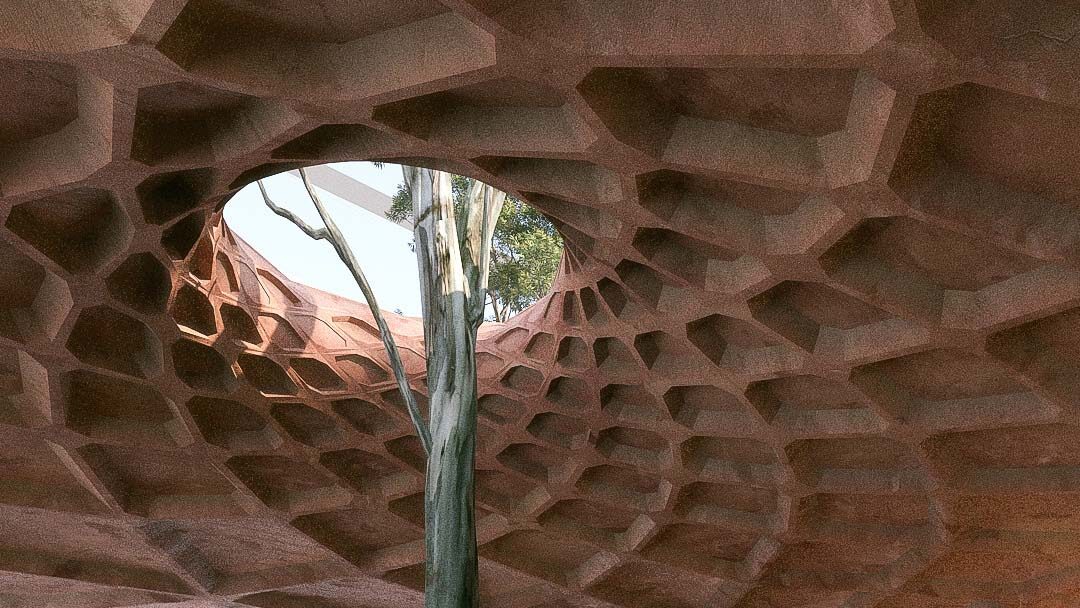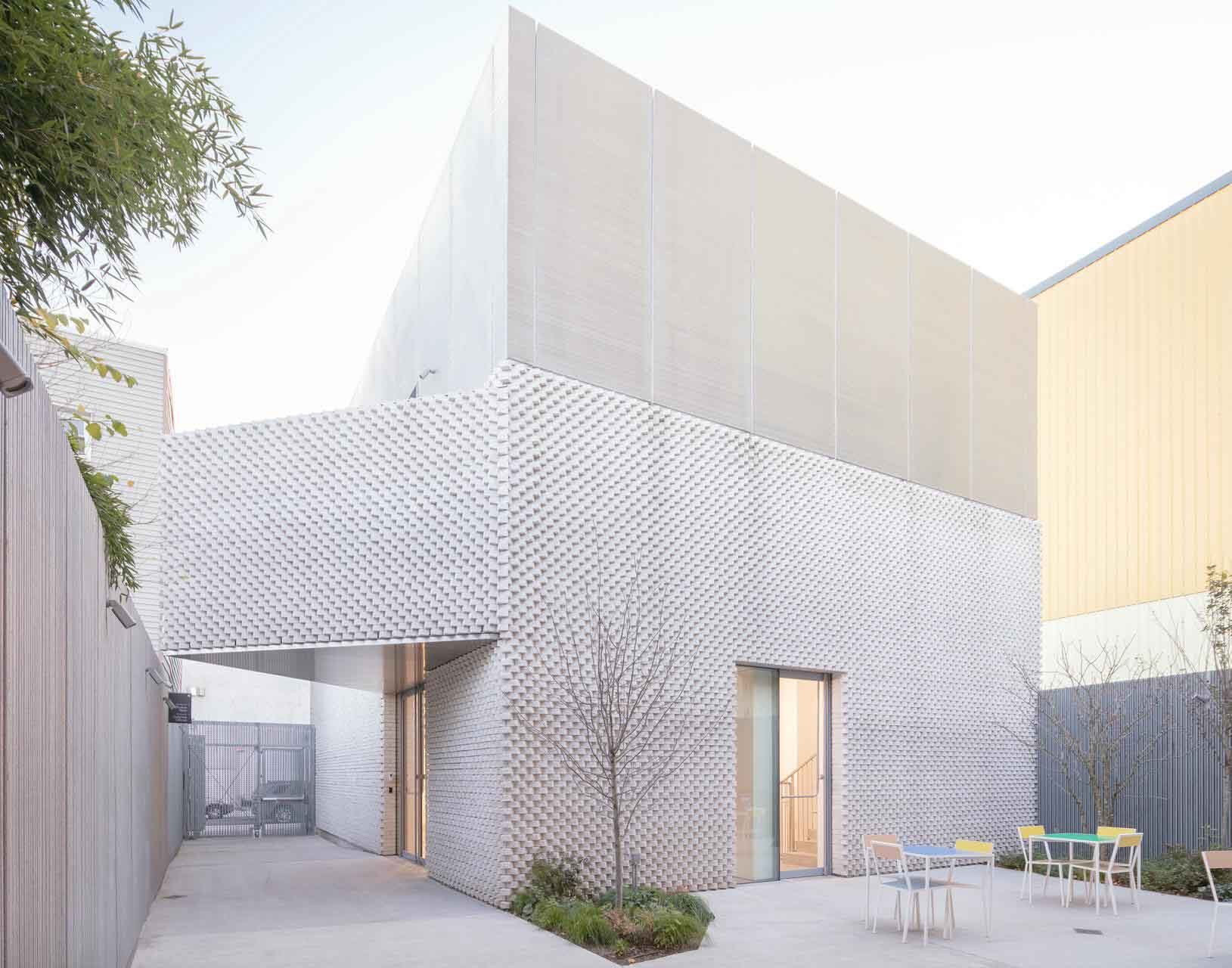THE TRANSFORMATION OF PUBLIC SPACE
Once upon a time, the Oxford English Dictionary defined an icon as “Image, statue, painting, mosaic etc of a sacred personage”.
In respected contemporary literature today, although this definition is often expanded, the quintessential meaning remains unchanged. By contrast in architecture, if we are to believe pronouncements from the development industry, every major development will be iconic. But an icon must also be timeless, and a work of literature must be published and survive criticism over centuries to achieve such status. For a work of architecture to achieve similar recognition, not only must its aesthetic qualities be exceptional, but its construction must also be of the highest quality.
Readers of the November 2019 issue of Architecture Australia will have admired Sky Trees tower designed by Sydney practice Koichi Takada, which not only “references California’s gigantic redwoods”, but also the “icon Marilyn Monroe and her ‘flying skirt’.” Meanwhile in Sydney we can ponder the Crown Casino at Barangaroo as it nears completion, assured by James Packer that it will be “Sydney’s third icon”, after the Opera House and Harbour Bridge. Never before has there been such vociferous and widespread objection to any development in Sydney, yet such was the influence of lobby organisations such as Urban Taskforce that it was approved by the state government.
Very few large cities in the Western world have emerged unscathed from icon obsession. Consider London where the skyline was for centuries dominated by the dome of St Paul’s Cathedral, and the towers of London Bridge. Despite strong public protest championed by none other than the Prince of Wales, at the turn of the twentieth century, the silhouette of the city became subservient to high-rise icons: commercial towers labelled cynically by Londoners as Cheese-grater, Gherkin, Shard and more. The addiction to monument-creation appears to be ingrained in the psyche of the powerful. As Jonathan Glancy wrote in The Independent London in 1990:
“From Cheops through Augustus, to the Medicis, Napoleon and Hitler, autocrats have long enjoyed a love affair with grand architecture,” and “Stalin, Mussolini, Ceaucescu, and Bokassa – the list is interminable – all used architecture as political propaganda.’’
In our contemporary world another manifestation of autocracy has emerged, a development industry with immense resources and powerful influence. If a building can be more spectacular than its neighbours, it exhibits what is known in public relations terminology as a distinctive brand. In the Summer 2012 UK Urban Design Group Journal article, What drives city branding, Barkham and Murray explain that “the aim of branding is to achieve some competitive advantage by means of product differentiation.” Numerous architectural journalists have contemplated the many dubious outcomes. In RIBA Journal, Will Wiles describes a tower designed for the Kushner Companies owned by President Trump’s son-in-law as “a Zaha Hadid Architects–designed rectal thermometer. Phallicism is over-diagnosed in writing about skyscrapers. Most towers do not look anything like that unless there is something seriously medically wrong”.
But there has always been a role for the legitimate icon. In Medieval and Renaissance Europe, cities and towns were dominated by the towers and spires of the city hall and the church. Integrated into the urbane public squares which we so enjoy today, these icons represented the highest civic and spiritual values of their communities. And in medieval cathedrals for example, the exquisite craftsmanship of stonemasons and carpenters almost 1000 years ago resulted in a quality of construction which continues to amaze us today.
As building technology developed in the twentieth century, some of the earlier high-rise towers too were celebrated, notably the Empire State in New York. It was the tallest ever in the world, but critically also accessible to the people of the city who could enjoy spectacular views from a height never before possible. Many decades later, the new One World Trade Centre provides post-9/11 what State Governor Andrew Cuomo described as ‘a symbol of the enduring spirit of the city and State of New York’. Sydney’s Centrepoint Tower for some decades played a similar role as our highest building with its ingenious engineering structure. But these are midgets by comparison with Dubai’s 800-metre tall Burj Dubai. The Sydney Morning Herald reported that then supreme ruler Sheikh Mohammed bin Rashid Al Maktoum proclaimed that it was, “…a shining accomplishment… an icon of the new Middle East: prosperous, dynamic and successful.” Whether or not the citizens of the city were in concord with his sentiment was not reported. Whether the values embodied in these buildings and the quality of their construction justify the governor’s and sheikh’s opinions only time will tell.
Today it is neither the churches nor the commercial towers, but often the new civic and cultural facilities that capture the hearts of our communities. An outstanding example is the forum in the Dutch city of Groningen with its libraries, cafe, cinema, conference rooms and more, which have regenerated the city. In our own Green Square at a modest scale, the new civic library and civic square create a social focus for community; a prize-winning work of architecture, and potential local icon. But why have we not also recognised structures which symbolise extraordinary achievements in science and technology? Take for example the huge and elegant towers built in Spain and Portugal to heat glycol to 250 degrees in order to generate electricity without producing carbon dioxide. Author Ian McEwan mused in an interview with James Button that:
“these towers are incredibly beautiful. Perhaps they will have the same impact on the imagination as the heroic period of European cathedral building – which was also a project that involved fantastic altruism.’’
Perhaps if their construction has been of the highest quality, it is these which will be celebrated as the truly genuine icons of our age, hardly ‘sacred personages’ but critical to the saving our environment and civilisation.
Peter Webber LFAIA, FPIA, ARIBA is former NSW Government Architect, State Planning Commissioner and Emeritus Professor University of Sydney.
Published online:
02 Mar 2021
Source:
Architecture Bulletin
Vol. 77 / No.2
December 2020
